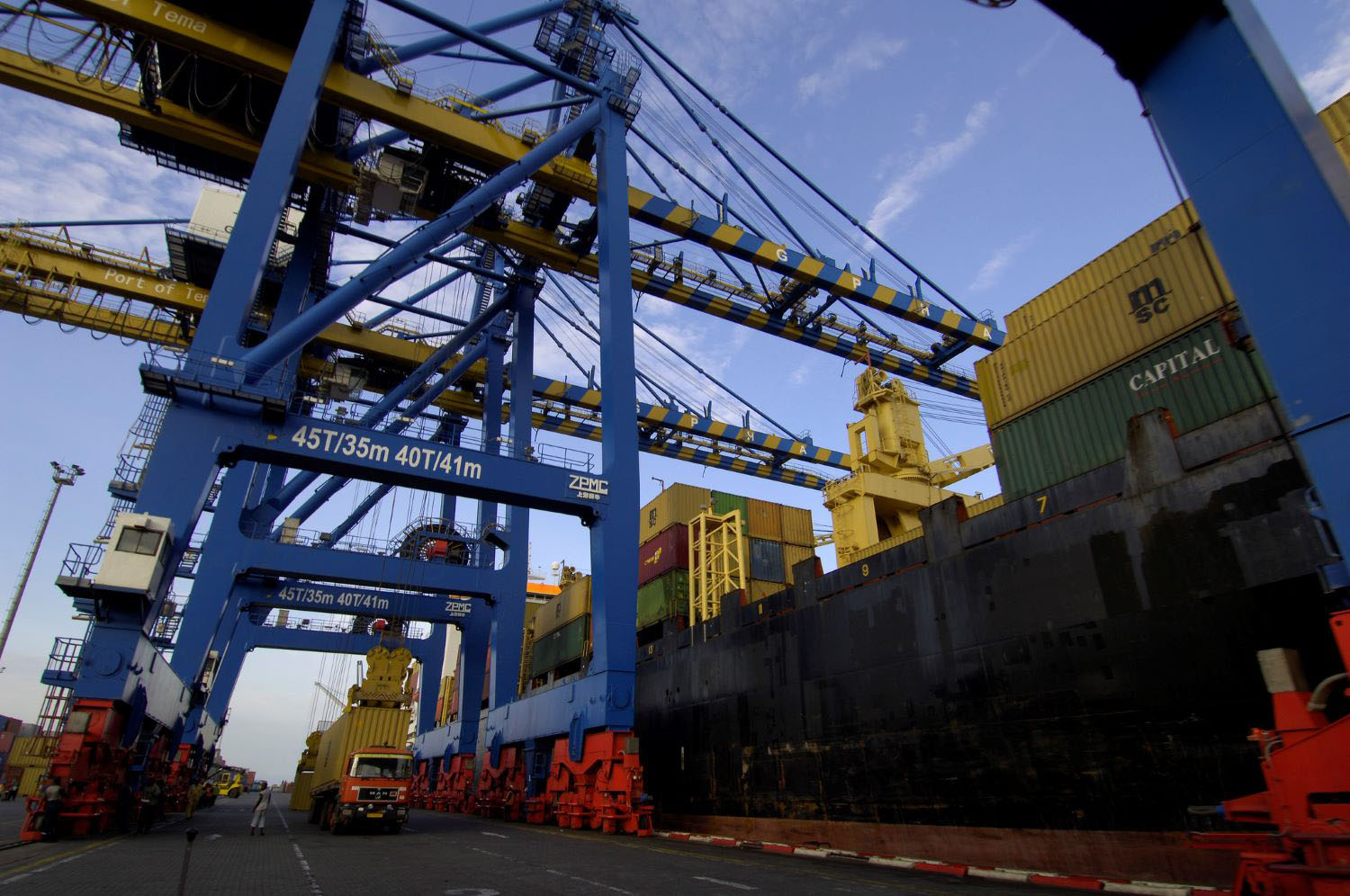Which raises an important question: Japan had about 1.5 million tons of surplus imported rice at the end of last year. Tokyo has announced plans to sell 250,000 tons. What's going on with the other 1.25 million tons? Japan is reported to be entertaining proposals for some of it, but appears to be hesitating to make the full quantity available on the world market. While Tokyo should be commended for releasing some of its unwanted stocks to help alleviate this year's dizzy prices, clearly there is more that it can do ahead next week's high-level meetings of the U.N.'s Food and Agricultural Organization in Rome.Public pressure for a more sensible international rice market continues to build. On Tuesday a Washington Post editorial Release the Rice II endorsed our suggestion that Japan also donate to the World Food Program (WFP) this year's planned purchases of 680,000 tons of foreign rice, so that it can be shipped directly to aid recipients, avoiding the cost of trans-shipping via Japan. This could bring Japan's contribution to solving this year's world rice crisis to 2.2 million tons.India Started the Problem, It Needs to Help Solve It. Friday's USTR press guidance also said thatIn some parts of the north, where harvests have been low, Bangladeshis are suffering from what is called monga, a near faminelike condition whereby villagers often skip meals and eat only tiny amounts of food. The country's food and disaster management minister, A.M.M. Shawkat Ali, said rising global food prices have created a "hidden hunger" among poor Bangladeshis.
India, which set off the current rice crisis, is a prime candidate for this diplomatic initiative. Unusually large wheat imports in 2006-2007 following weather-related damage to the wheat crop set off a firestorm of criticism, from farm interests and the political opposition. With a view towards upcoming state elections in November, the ruling coalition decided to pursue a "starve thy neighbor policy" -- curtailing wheat imports and boosting staple stock by banning exports of non-Basmati rice. This triggered rice export bans and hoarding elsewhere in Asia.Now, however, India is facing record rice and wheat crops, which are expected to shatter last year's record food production by 10 million tons! The Indian government has also rebuilt its food grain stocks to very comfortable levels.The time has come for Delhi to reverse course and once again allow buyers in Bangladesh, Sri Lanka, and the Middle East to buy India's excess stocks. The food ministry is supportive of a proposal to resume exports to "strategic neighbors" and the government reportedly is considering a proposal to allow 1.3 million tons to selective African markets. The trade ministry, however, apparently is opposed, while the agriculture ministry appears to be neutral. With India sitting on food grain stocks that exceed its targets, Delhi should do its bit to help alleviate the crushing world rice prices which are hammering the global poor.Good News From Bangkok. Until recently, the newly-elected Thai government has alternated between using its 2 million tons of rice stocks for subsidized sales to its citizenry or holding on to it until its main crop harvest begins in November. Last week, though, the Thai government made statements suggesting that it might export some of its government-owned stocks under government-to-government (G-to-G) contracts with Malaysia and the Philippines. The idea of using the stocks for G-to-G contracts received backing Friday by the Thai Rice Millers' Association. The release of these stocks would allow Thailand, the world's largest exporter, to exceed its export target of 8.75 million tons and exceed last year's near-record sailings. This could help to further reduce prices to a level closer to what poor people can actually afford to pay....the United States took this opportunity to urge that the two countries coordinate their diplomatic efforts to persuade other food exporting countries to lift their recent food export restrictions…
Disclaimer
CGD blog posts reflect the views of the authors, drawing on prior research and experience in their areas of expertise. CGD is a nonpartisan, independent organization and does not take institutional positions.





